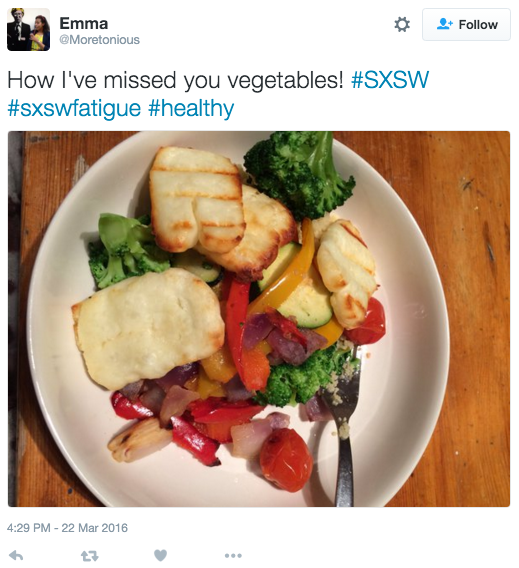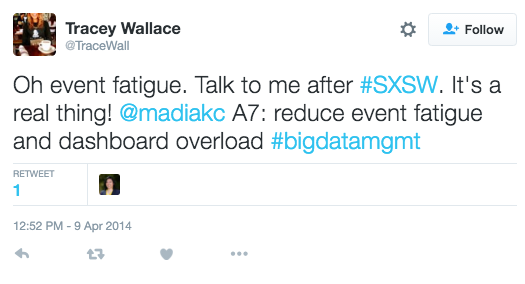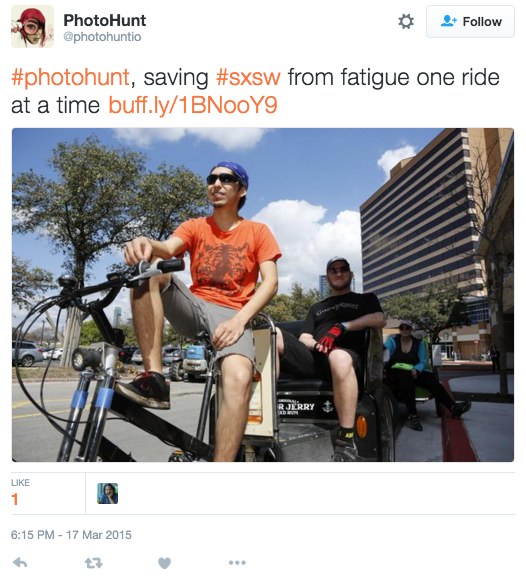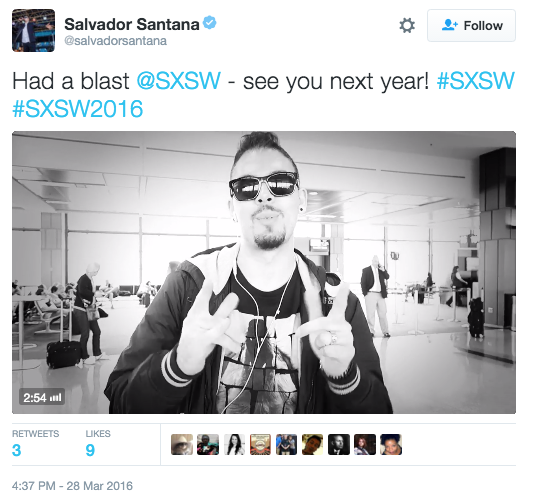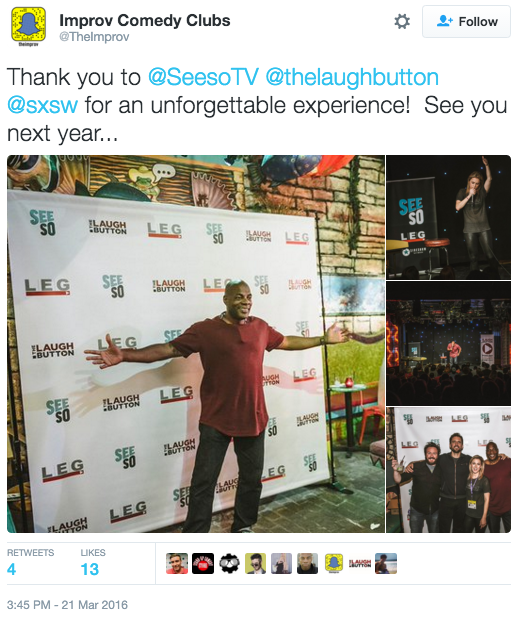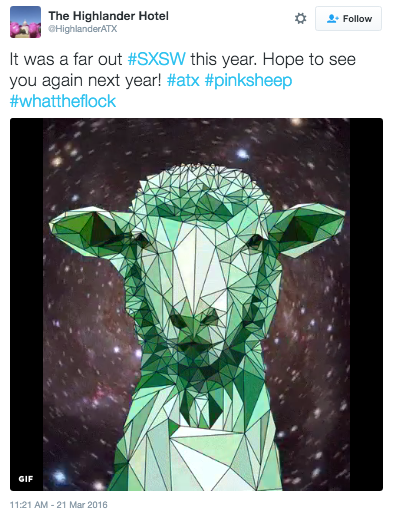Summary
In partnership with SXSW Interactive, Fabl created a media-rich, immersive story offering readers suggestions for activities that could help them unwind and recharge during the festival.
Background
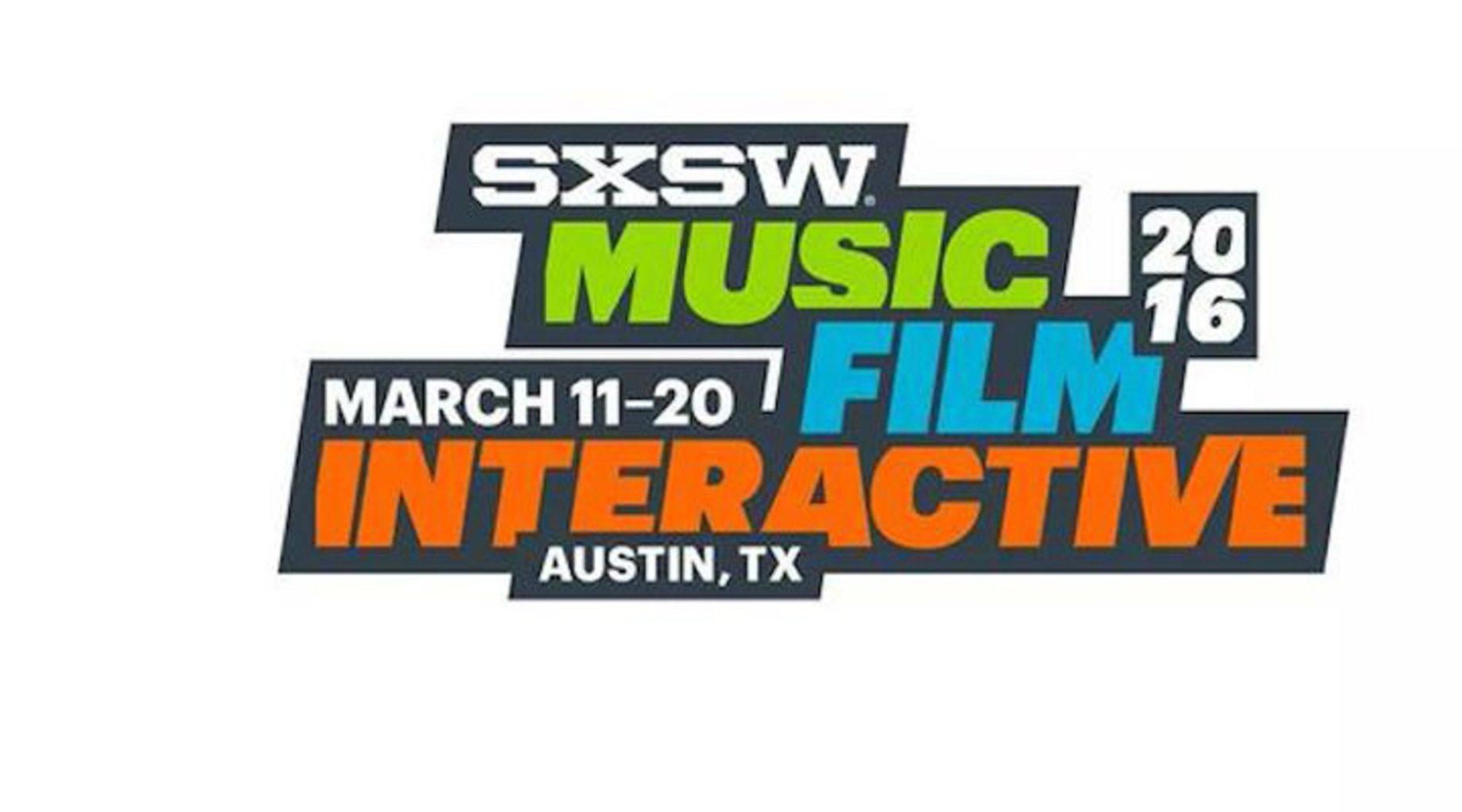
SXSW Music, Film, and Interactive Festival is the world’s foremost creative conference. Started 30 years ago by the staff of a local newspaper, the first SXSW event drew 700 people; in 2015, SXSW spanned nine days and featured 2200 musical acts, hundreds of films, a gaming expo, and countless panels from the world’s leading innovators and visionaries.
The 2015 festival hosted 84,000 festival badge holders, plus another 171,000 public attendees, who pumped $317.2 million into the local economy. Those millions were constituted of direct impact (registration fees, hotel, transportation, etc.), indirect impact (salaried and temporary workers), and induced impact (festival earnings spent locally). SXSW is Austin’s largest and most profitable hospitality event, and is extremely important to the local economy.
Challenge
Many of SXSW’s registrants are repeat performers; these industry insiders come every year, to share the latest and greatest with their peers. After the first year or two, however, the inevitable malady, widely documented on social media every year, sets in: SXSW Fatigue.
The endless buffet of mind-bending keynotes, sponsored booze, late-night (and early morning) parties, and technological and cultural brain candy can lose their impact if their audience doesn’t take the occasional foray back to the real world. SXSWers need opportunities outside of the festival and its sponsors’ activities to recharge and come back refreshed and receptive, and to leave without feeling fried or overwhelmed. Festival organizers need the attendees to depart Austin already looking forward to returning for the next year’s festival.
Solution
During the week of March 10-15, Fabl promoted a curated list of opportunities to escape the controlled chaos of SXSW, titled “SXSW Fatigue (and how to Recharge)." The list included natural, cultural, and foodie destinations both within walking distance of the convention center, and farther away.

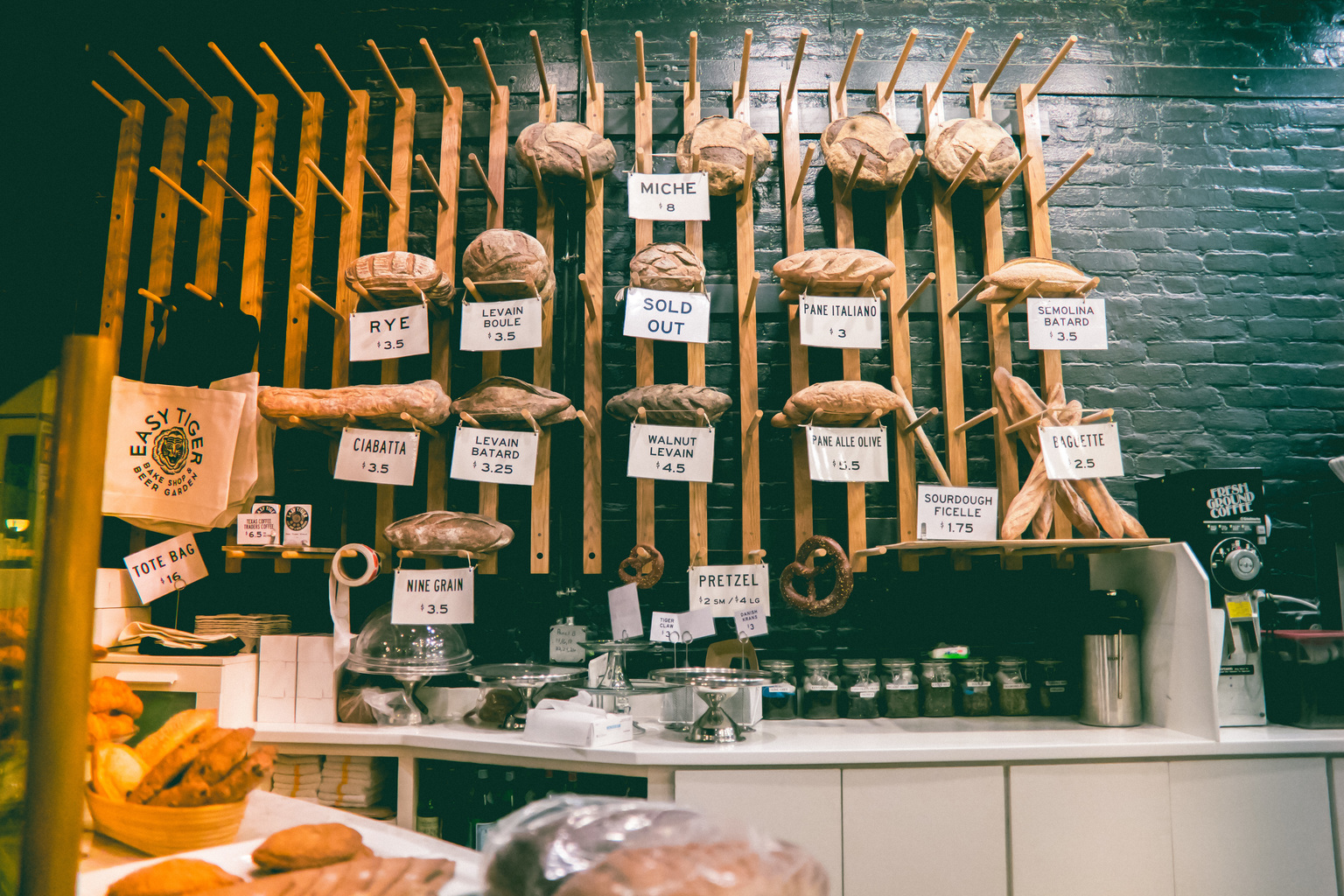
The destinations were chosen for their potential to offer SXSW attendees chances to briefly escape the noise and crowds of the areas closest to the convention center. Fabl then promoted the story on Outbrain, a content syndication/discovery platform, which recommended the story to people perusing news coverage of the festival.
Impact
Over the course of five days, the story data shows that with just $2,600 in promotional spend, 3.6M impressions can be achieved, driving 7k direct story reads, without subsequent promotion by any other brands or media partners. The campaign bounce rate was only 5%, and the average time spent reading the story was approx. 3 minutes. This works out to a CPC of just $0.37.
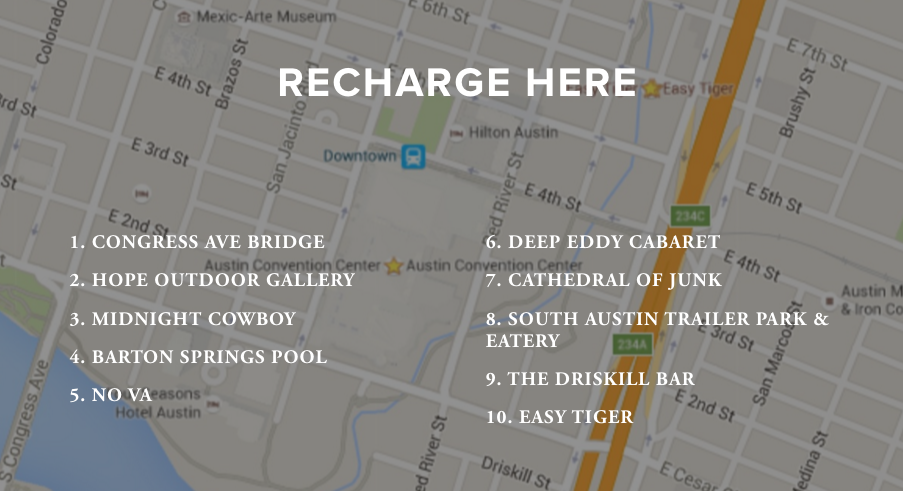
In the weeks after the promoted campaign on Outbrain ended, the story continued to draw visitors organically, from the links that readers had shared socially; over the course of three weeks. Fabl extends the Lifetime Value (LTV) of branded content.
Takeaways
• Small investment in human resources; the story took only six man hours to produce
• Results driven w/ just $2,600 in promotion
• 3.6M impressions over 5 day campaign; 7k direct story reads
• Bounce rates were low, at 5%
• Reading times were high, at 2:57 on average
• Using media or brand partners drastically magnify the reach and spread of the desired message
